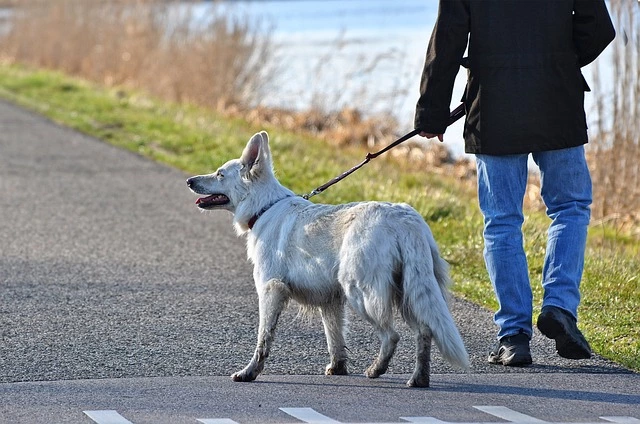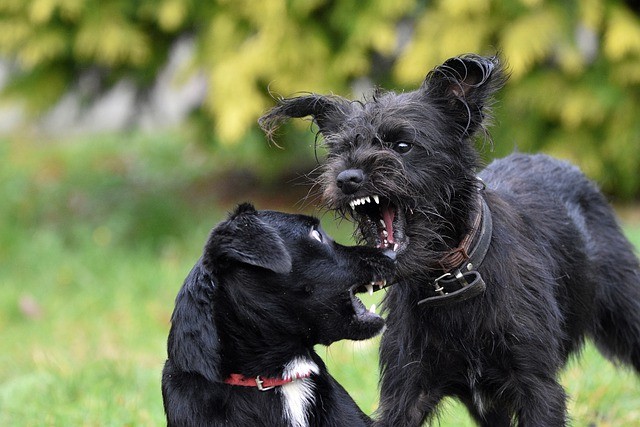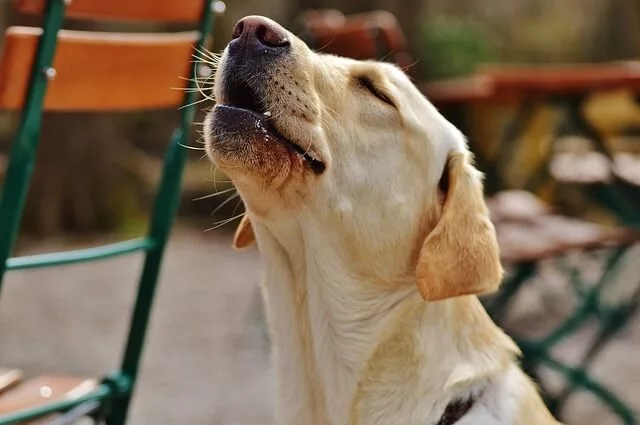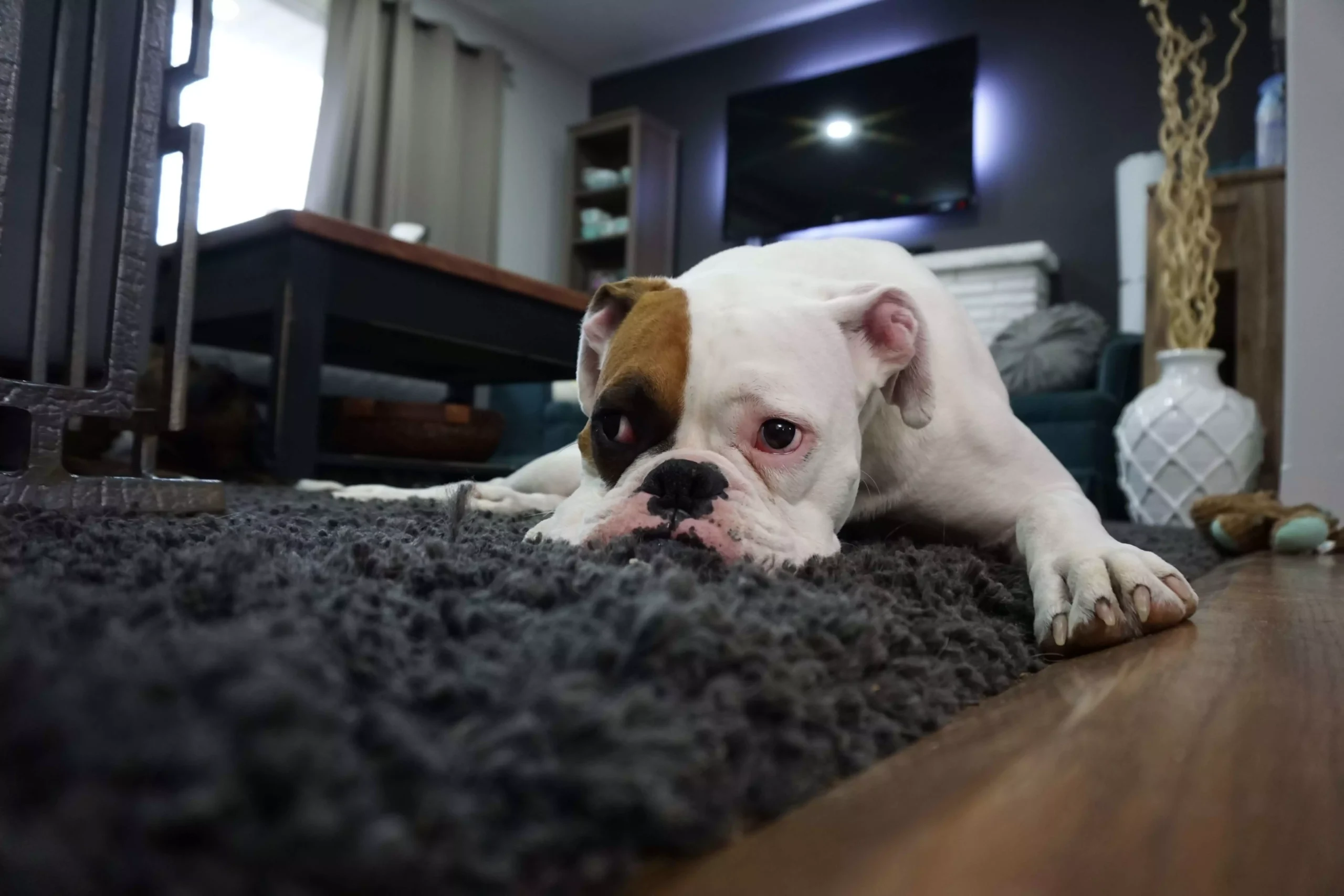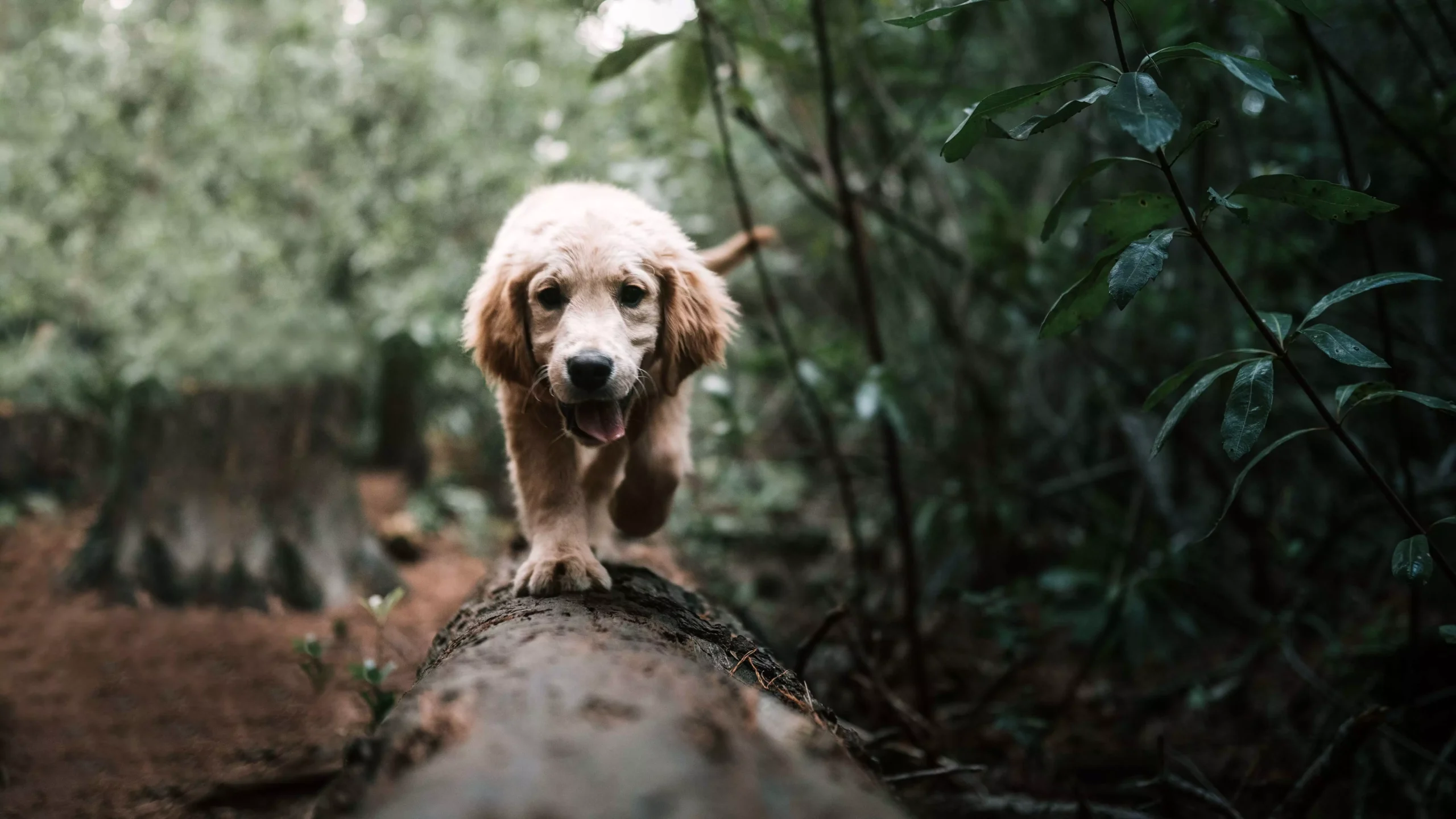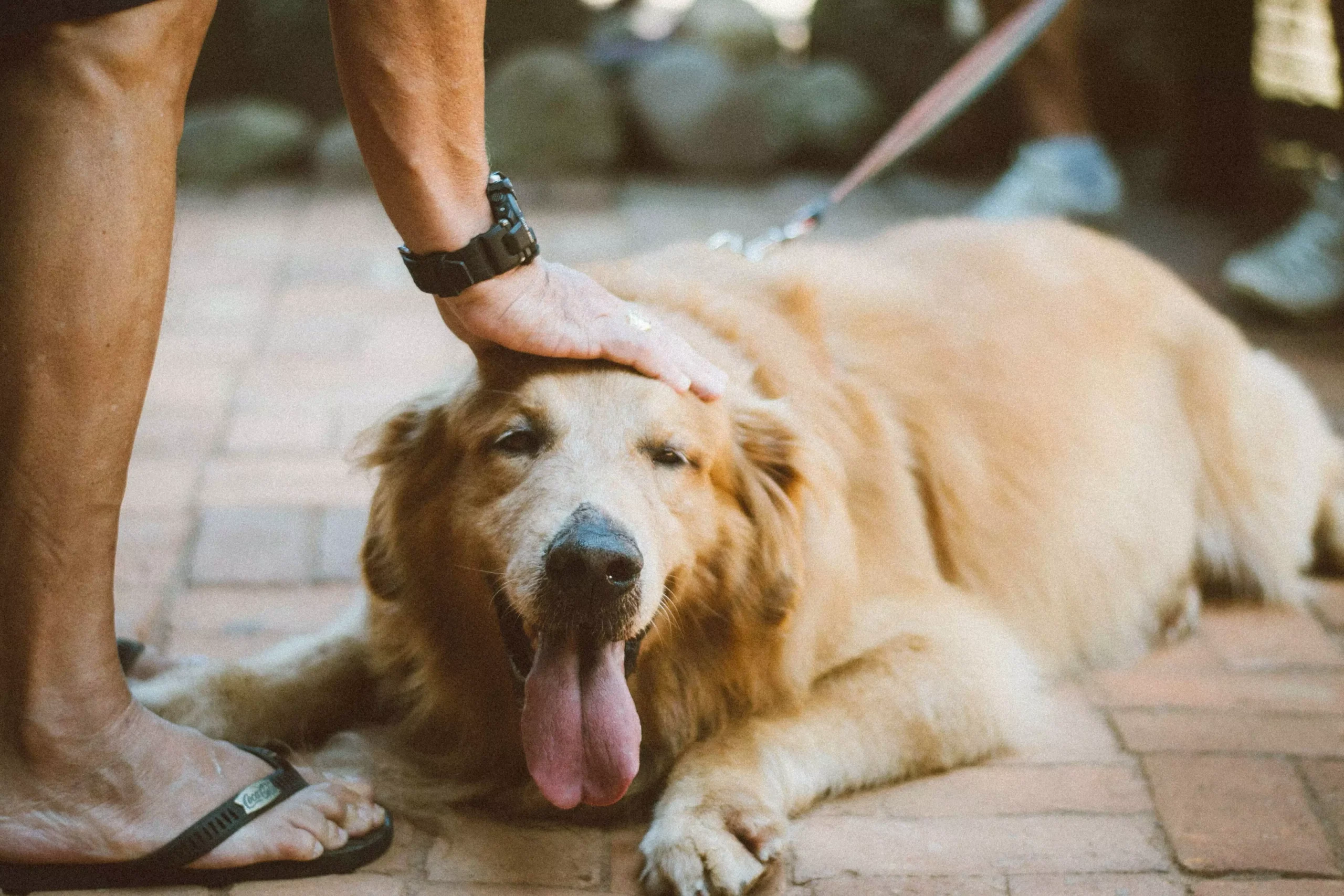Public places can be overwhelming for dogs, with their bustling crowds, loud noises, and enticing distractions. However, with proper training, you can help your furry friend remain calm and well-behaved even in the busiest of environments. In this article, we will explore effective techniques and strategies to achieve calm behavior in public places. Additionally, we will address some frequently asked questions regarding this training.
Understanding the Importance of Calm Behavior in Public Places
Calm behavior in public places is not only important for the comfort and safety of your dog, but it also ensures a positive experience for you as a dog owner. Dogs that are well-behaved in public are more likely to be welcomed in various establishments and social situations, allowing you to include them in your daily activities. Furthermore, calm behavior reduces the risk of accidents or altercations, promoting a harmonious environment for everyone involved.
Building a Strong Foundation of Basic Training
Before venturing into busy public places, it is crucial to establish a solid foundation of basic training. This foundation includes recall training, sit and stay commands, and loose leash walking. Recall training teaches your dog to come to you when called, providing you with control and the ability to redirect their attention. Sit and stay commands promote self-control and help your dog remain in one place when necessary. Loose leash walking teaches your dog to walk calmly beside you, without pulling or becoming overly excited by their surroundings.
Gradual Exposure to Public Places
Once your dog has mastered basic training, it is time to expose them to public places. Start with low-stress environments, such as quiet parks or empty streets, where there are minimal distractions. Gradually increase the level of distractions by visiting busier parks or streets during quieter times of the day. Introduce controlled socialization opportunities, such as supervised playdates with other well-behaved dogs, to help your dog become comfortable in the presence of others.
Positive Reinforcement: The Power of Rewards
Positive reinforcement is a key component of training for calm behavior in public places. Reinforce your dog’s calmness with treats and praise whenever they exhibit the desired behavior. This can be as simple as rewarding them for maintaining a relaxed posture or for ignoring distractions. Clicker training can also be used to enhance focus and composure, as the sound of the clicker becomes associated with positive outcomes.
Managing and Redirecting Excitement
In busy public places, it is important to manage and redirect your dog’s excitement. Recognize signs of overstimulation, such as excessive panting, pacing, or hyperactivity, and take appropriate measures to calm them down. Teach settling commands, such as “down” or “relax,” which encourage your dog to lie down and remain calm. Engage in mental stimulation activities, such as puzzle toys or scent work, to redirect their energy and focus.
Dealing with Challenges and Setbacks
Training for calm behavior in public places may not always be smooth sailing. Patience and consistency are key in overcoming challenges and setbacks. Understand that each dog is unique and progresses at their own pace. If you encounter difficulties, seek professional help from a certified dog trainer or behaviorist who can provide guidance tailored to your dog’s specific needs.
Frequently Asked Questions (FAQs)
FAQ 1: How long does it take to train a dog for calm behavior in public places?
The timeline for training a dog for calm behavior in public places can vary depending on various factors, including the dog’s age, temperament, and prior training. It is important to remember that training is an ongoing process and requires consistency and patience. Some dogs may show improvements within a few weeks, while others may take several months to reach a desired level of calmness.
FAQ 2: My dog gets anxious in crowded places. How can I help them cope?
If your dog gets anxious in crowded places, it is important to gradually expose them to these environments and provide positive experiences. Start by visiting quieter public places and gradually increase the level of distractions. Use treats, praise, and calming techniques to help your dog associate crowded places with positive outcomes. If your dog’s anxiety persists, consult with a professional dog trainer or behaviorist for additional guidance.
FAQ 3: Can I use punishment-based training methods to achieve calm behavior?
Punishment-based training methods are not recommended for achieving calm behavior in public places. These methods can lead to fear, anxiety, and aggression in dogs. Positive reinforcement, on the other hand, focuses on rewarding desired behaviors, promoting a positive and trusting relationship between you and your dog.
FAQ 4: Should I bring treats with me during training sessions in public places?
Yes, bringing treats with you during training sessions in public places is highly recommended. Treats serve as a powerful motivator and reinforcement for your dog’s calm behavior. Choose small, soft treats that are easy to carry and offer them as rewards when your dog exhibits the desired behavior.
FAQ 5: What can I do if my dog becomes reactive or aggressive in public?
If your dog becomes reactive or aggressive in public, it is important to prioritize safety for both your dog and others. Remove your dog from the situation if possible and seek professional help from a certified dog trainer or behaviorist. They can help you understand the underlying causes of your dog’s reactivity or aggression and provide you with appropriate training techniques and management strategies.
Conclusion
Training your dog for calm behavior in busy public places is a process that requires patience, consistency, and positive reinforcement. By building a strong foundation of basic training, gradually exposing your dog to different environments, and utilizing rewards, you can help them remain composed and well-behaved in any situation. Remember to address any challenges or setbacks with understanding and seek professional help if needed. With time and dedication, your furry friend will become a model of calmness in the midst of chaos.



